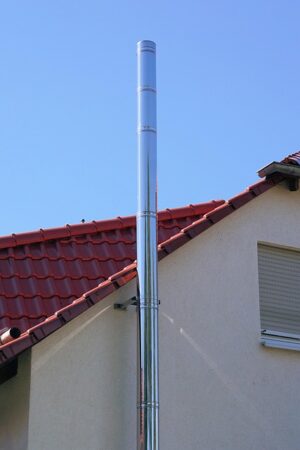Automotive manufacturing plants require advanced airflow management solutions for optimal efficiency, safety, and product quality. Industrial air curtains offer a targeted, energy-efficient approach by creating powerful air flows at entry points, preventing stagnant zones, and maintaining consistent climate control. These game-changers integrate with HVAC systems, optimize energy efficiency, and enhance production processes while ensuring worker well-being and adhering to strict hygiene protocols. For best results, strategically assess and position industrial air curtains based on specific work area needs and existing door/loading dock operations.
In the heart of automotive manufacturing plants, efficient airflow management is paramount for optimal production processes. However, navigating through complex layouts and diverse production demands can present significant challenges. This article explores how industrial air curtains emerge as a game-changer in addressing these issues. By understanding the unique workflow challenges, we delve into the role of air curtains in enhancing productivity, reducing energy costs, and improving workplace safety—key benefits that make them an indispensable tool for modern manufacturing facilities.
- Understanding Automotive Manufacturing's Airflow Challenges
- The Role of Industrial Air Curtains in Solving These Issues
- Key Benefits and Features of Implementing Air Curtains
- Best Practices for Integrating Air Curtains in Manufacturing Plants
Understanding Automotive Manufacturing's Airflow Challenges

Automotive manufacturing plants present unique challenges when it comes to airflow management. With vast, open spaces and complex production lines, ensuring optimal air circulation is vital for maintaining efficiency, safety, and product quality. The automotive industry demands precise temperature and humidity control, especially in areas housing sensitive electronic components or requiring strict hygiene standards. Inefficient airflow can lead to stagnant zones, affecting worker comfort and productivity, as well as potentially causing operational issues due to inadequate cooling or heating.
Industrial air curtains offer a sophisticated solution to these challenges. These heavy-duty air barriers are designed to create a powerful flow of air at the entry points, such as warehouse entrances, manufacturing doors, and loading docks. By implementing industrial air curtains, plants can prevent cold storage barriers from forming, ensuring consistent climate control throughout. This is particularly beneficial for large opening protection in factories, where maintaining ideal conditions is crucial for both production processes and worker well-being. Compared to traditional HVAC systems, these air curtains provide a more targeted and energy-efficient approach to managing airflow in automotive manufacturing environments.
The Role of Industrial Air Curtains in Solving These Issues

Industrial air curtains play a pivotal role in addressing airflow management challenges within automotive manufacturing plants. These advanced solutions are designed to control and optimize air flow, ensuring a cool, efficient, and safe working environment. By strategically placing heavy-duty air curtains at critical points, such as warehouse entrance protection or large opening protection, manufacturers can significantly enhance industrial climate control.
Unlike traditional manufacturing door systems, industrial air barriers offer more than just containment. They actively regulate temperature and prevent the infiltration of unwanted elements like dust or moisture. This is particularly crucial in cold storage barriers or loading dock air curtains, where maintaining specific environmental conditions is essential for both product quality and employee comfort. Moreover, integrating these air curtains into factory entrance heating systems can further optimize industrial HVAC (heating, ventilation, and air conditioning) systems, leading to reduced energy costs and improved overall efficiency.
Key Benefits and Features of Implementing Air Curtains

Best Practices for Integrating Air Curtains in Manufacturing Plants

When integrating industrial air curtains into automotive manufacturing plants, several best practices ensure optimal results. Firstly, assess the specific needs of each work area, focusing on points of entry and transitions between climates. This involves understanding temperature differentials and air pressure requirements to determine the appropriate type and size of air curtain. For instance, heavy-duty air curtains are ideal for large opening protection in warehouse entrance protection or factory entrance heating applications, while cold storage barriers may be necessary for maintaining specific temperatures in sensitive areas.
Secondly, consider the impact on existing manufacturing door systems and loading dock operations. Efficient placement of air curtains can enhance industrial climate control and reduce energy costs associated with HVAC systems. By strategically positioning these devices, you can prevent cold air loss from factory entrance heating zones during loading dock activities, ensuring consistent conditions throughout the plant. This integration goes beyond simple installation; it requires a holistic approach to understand how air curtains interact with other industrial equipment and processes.
Industrial air curtains have emerged as a game-changer in automotive manufacturing, offering efficient airflow management. By understanding the challenges posed by complex production environments and implementing these innovative solutions, manufacturers can significantly enhance productivity and quality control. The key benefits, including improved energy efficiency and customizable airflow patterns, make industrial air curtains an essential consideration for modernizing manufacturing plants. With proper integration, these curtains can revolutionize the way automotive facilities manage their internal climate, resulting in a more streamlined and optimized production process.






